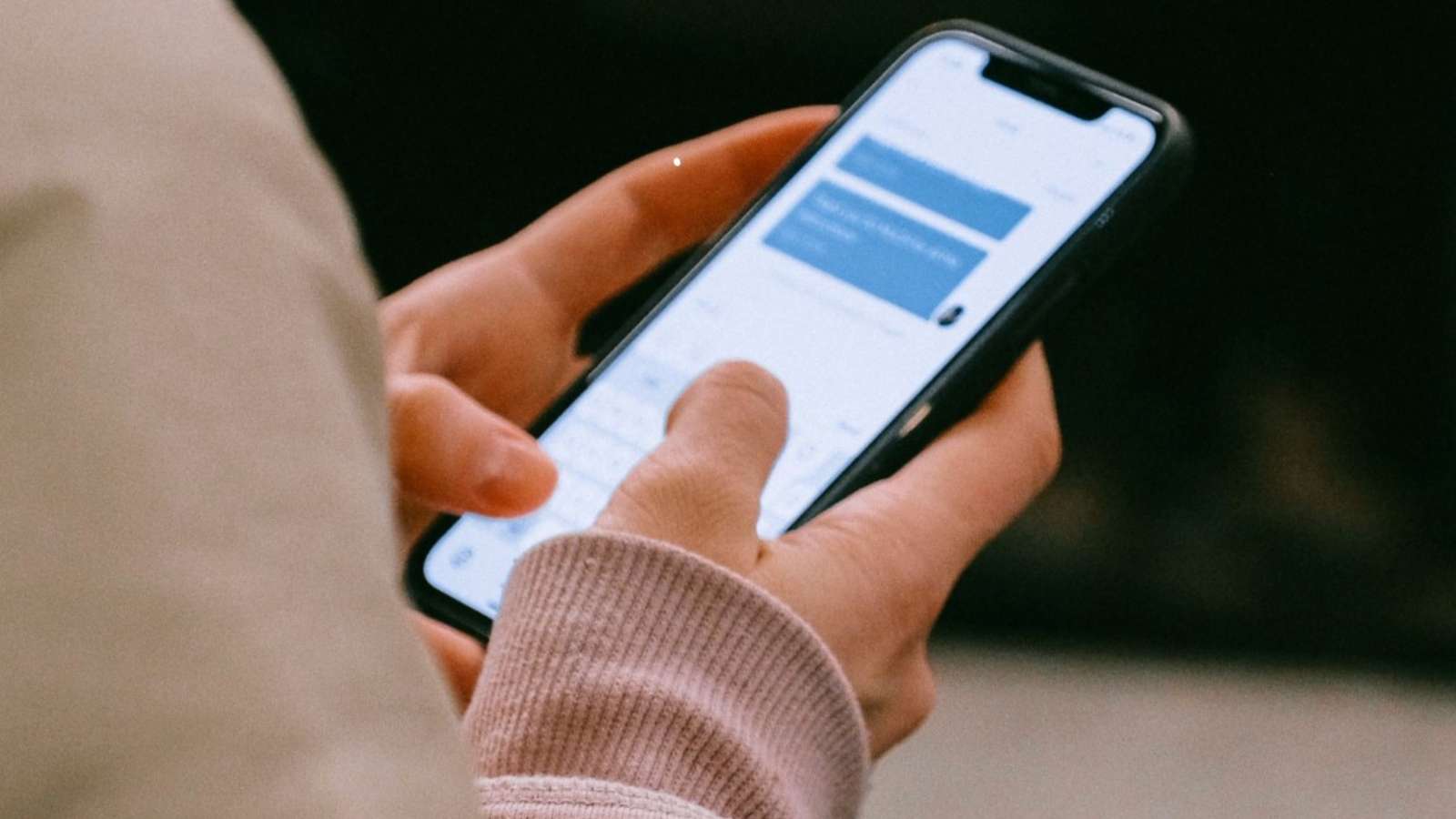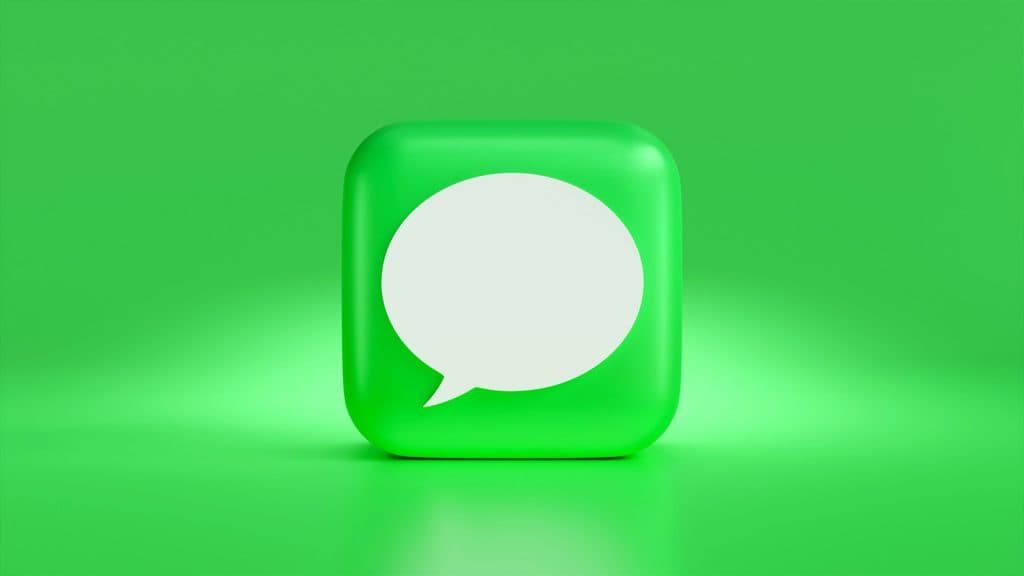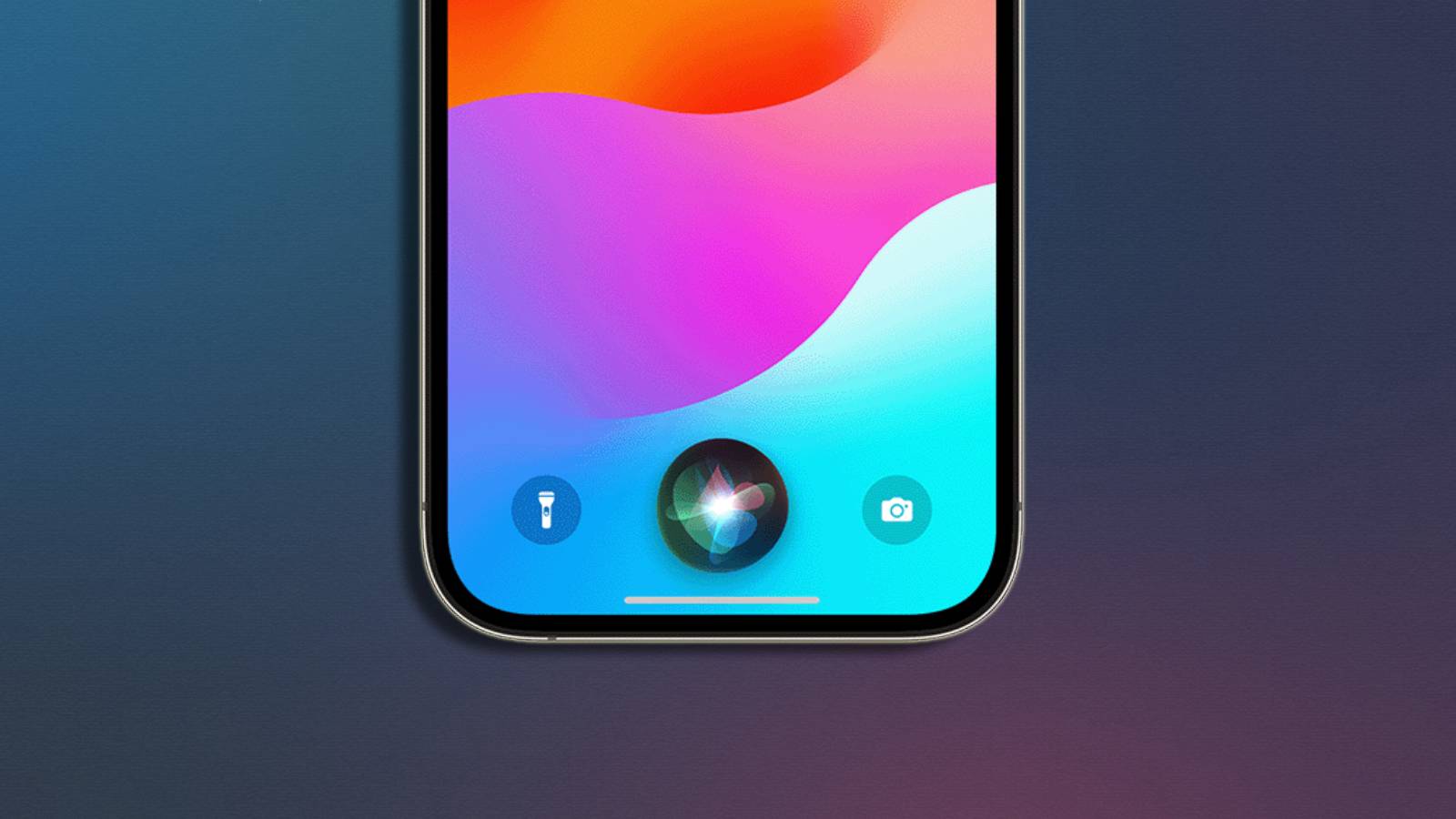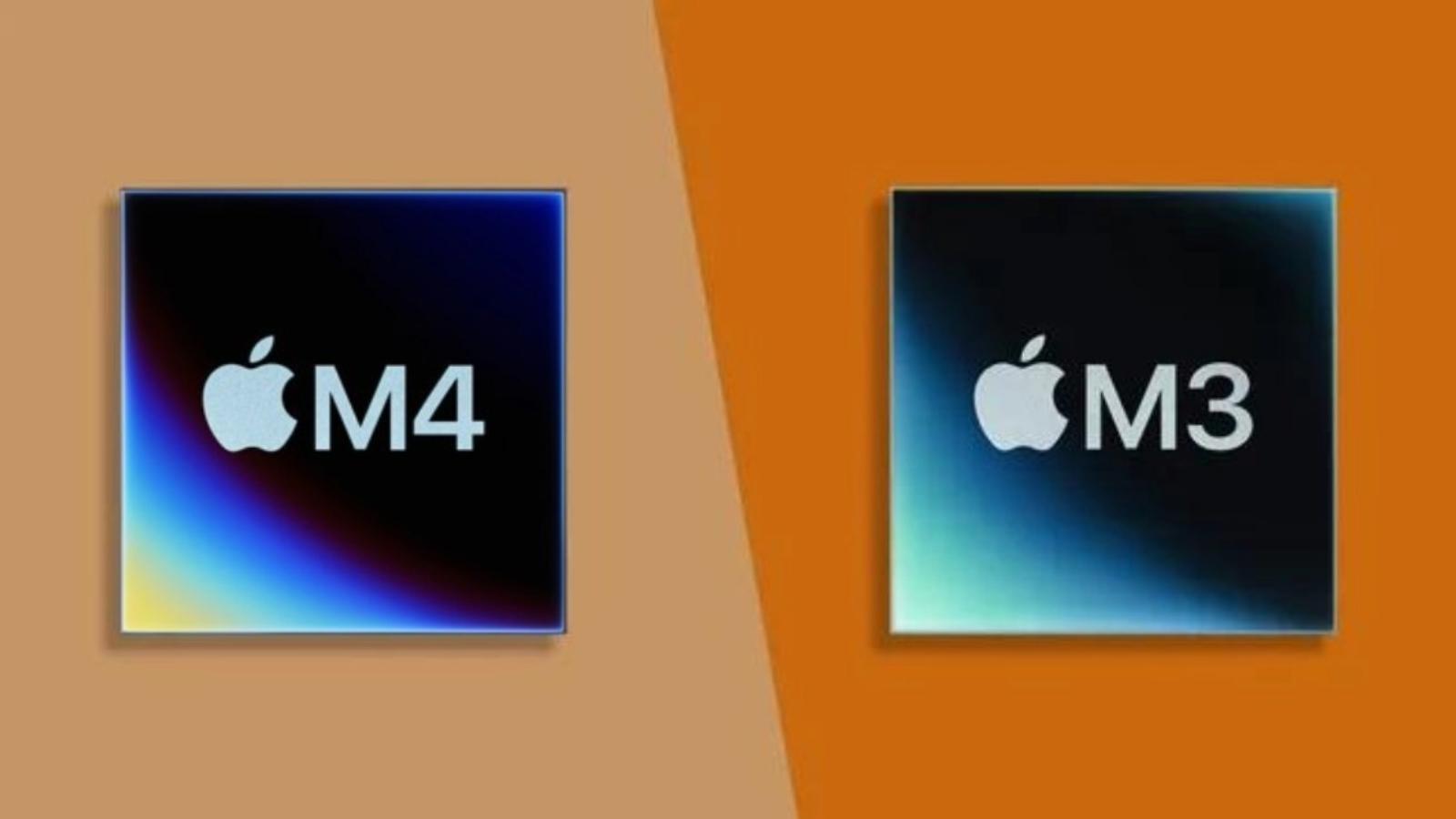Apple might not have to open iMessage to everyone
 Unsplash
UnsplashThe EU may rule in favor of Apple, granting iMessage a permanent reprieve from interoperability with other services.
iMessage has remained exclusive to iPhone users and it seems Apple will continue to keep it that way. Despite pressure from Google and other tech giants, including letters to the EU urging to bring iMessage under new DMA rules, the messaging app may stay closed for non-iPhone users.
A recent report suggests Apple’s iMessage might not be forced by the EU to become more compatible with other messaging apps, giving it a lasting reprieve. The messaging app is not popular enough to be hit by the regulation, says the report.
iMessage apparently not big enough in EU to be regulated
 Unsplash: @maria_shalabaieva
Unsplash: @maria_shalabaievaEU’s new DMA (Digital Markets Act) regulates online services, such as search engines, web browsers, and social networking platforms. It aims to make online services offered by large platforms, known as “gatekeepers,” more compatible with competing services.
For iMessage to be regulated under the new rules, it has to be categorized as a gatekeeper. However, according to a Bloomberg report, the EU believes that the messaging service is not big enough in the old continent to warrant regulation.
The Bloomberg report by Samuel Stolton says:
“Apple Inc.’s iMessage service looks set to win a carve out from new European Union antitrust rules to rein in Big Tech platforms after watchdogs tentatively concluded that it isn’t popular enough with business users to warrant being hit by the regulation.”
Apple argued the same thing before, stating iMessage service is only used by 45 million users in the EU and does not affect as many people. The company highlighted that iPhone users can use alternatives like WhatsApp if iMessage ruins their experience.
While iMessage may remain walled off, Apple has confirmed that, in 2024, the iPhone will add support for RCS messaging, the newer standard used by most Android phones.
This is meant to improve the texting experience between iPhone and Android users. However, Apple could keep things separate by maintaining the green bubble for messages sent from Androids.



